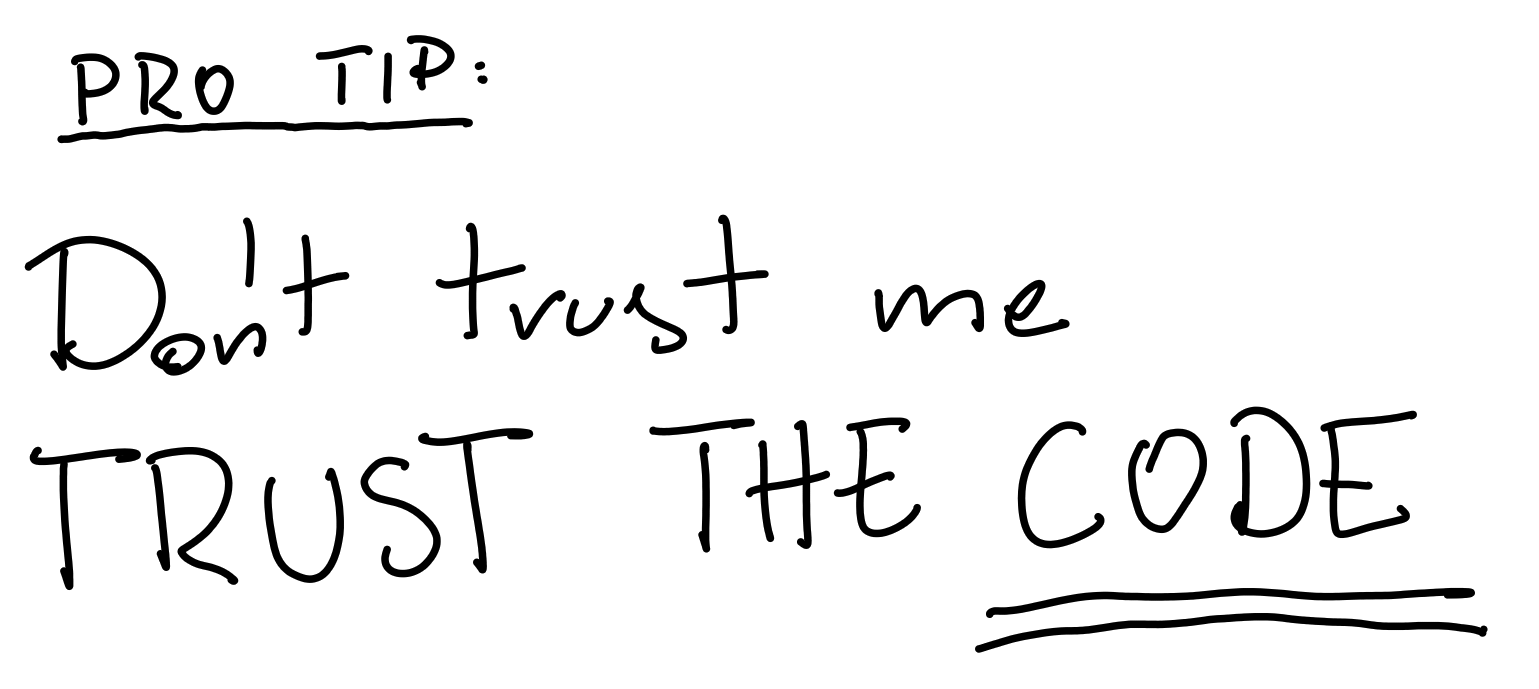Intro - What is 'Mythical Angular'
| |
Hi all!
My name is Kamil Gałek, and I’m a frontend developer. My daily work is based mostly on the Angular framework. I had that opportunity to learn a lot from my more experienced colleagues, and I think it’s time to share what I know.
I’m a technical recruiter too. I decided to create this page because I found that there are some myths about Angular and its internals. I’m trying my best to explain how it works and why it works in that way during technical interviews, but it’s not enough. We have to clarify some concepts and implementations. Without that, it’s hard to work and develop Angular. Yes, develop the framework. The community is one of the most influential reasons why Angular is changing. If we want to be a part of that community, we have to know what and why we want.
I’ll try to show you how to understand Angular parts. What is and what is not a myth. Sometimes I’ll try to find the root of the myth. I have to mention that I’m going to present some code from the Angular GitHub repository. It’s almost always easier to show the problem based on official sources. Don’t be afraid. I’m going to use only the sources that are self-explanatory.
Probably you’ll not be surprised that a lot of myths are connected to web performance problems. It’s a very important subject. I can assume that there are a lot of myths about that because it’s not easy. But no worries. We’ll get there.
If you like my work, I’ll be grateful for a star on my repository. If you have an idea, you want to propose some subjects, leave an issue, please.

BTW. Here is a link to a GitHub repository in the header. If you missed it: galczo5/mythical-angular